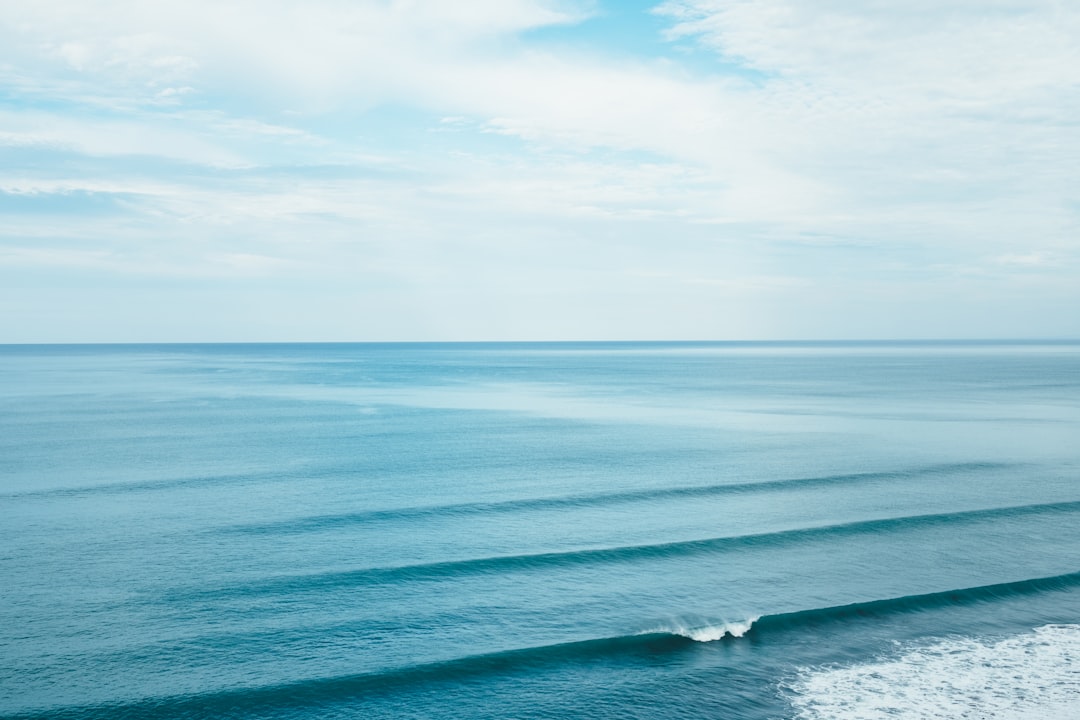What is it about?
Studies of molecules with polar 'head' groups and hydrophobic 'tails' with hydrocarbon chains of different length have been made over a wide range of temperatures. The structures have been determined and phases with rotational motion of the tails identified. For the surfactants that have been studied, the coordination of the ionic groups with the counter-ions causes packing with the tails strongly interdigitated. Calorimetry confirms the similarities and differences in phase behaviour in this series of surfactants.
Featured Image

Photo by The Honest Company on Unsplash
Why is it important?
The understanding that interdigitated layers of molecules are stabilised by ionic co-ordination provides an explanation for the thin bilayers that have been observed for alkyltrimethylammonium bromide surfactants adsorbed at various interfaces. The structures and phase changes are broadly similar for molecules with alkyl chain lengths from 10 to 18 but some transition temperatures vary. The different onset of rotational motion may explain some observed differences in bactericidal behaviour. The detailed information about structure and molecular volume as a function of temperature will be useful in modelling behaviour of various surfactants.
Read the Original
This page is a summary of: Understanding the structure and dynamics of cationic surfactants from studies of pure solid phases, Physical Chemistry Chemical Physics, January 2019, Royal Society of Chemistry,
DOI: 10.1039/c9cp04486h.
You can read the full text:
Resources
Contributors
The following have contributed to this page










